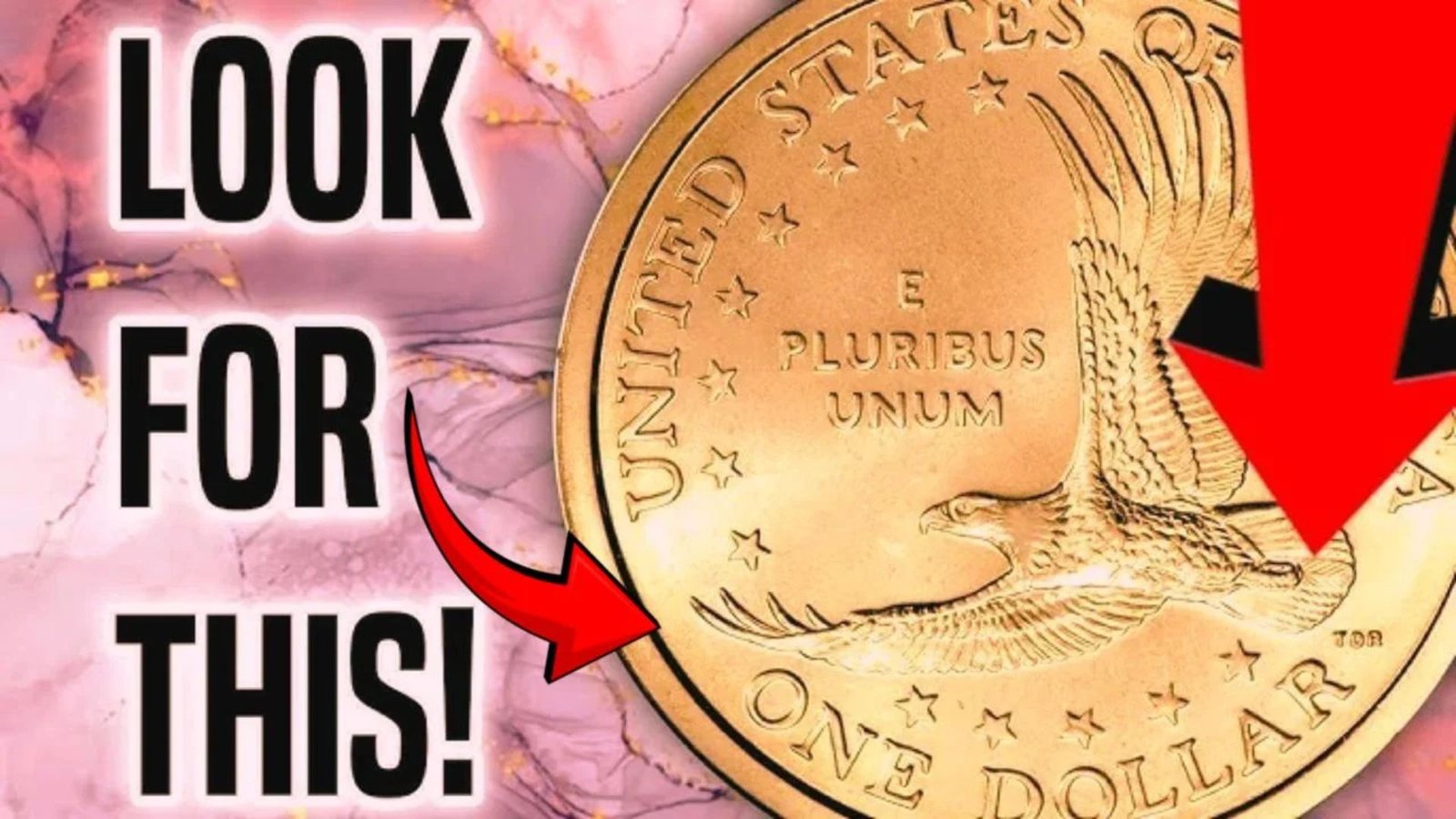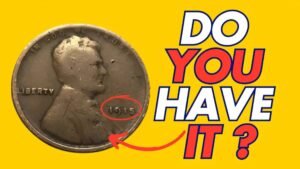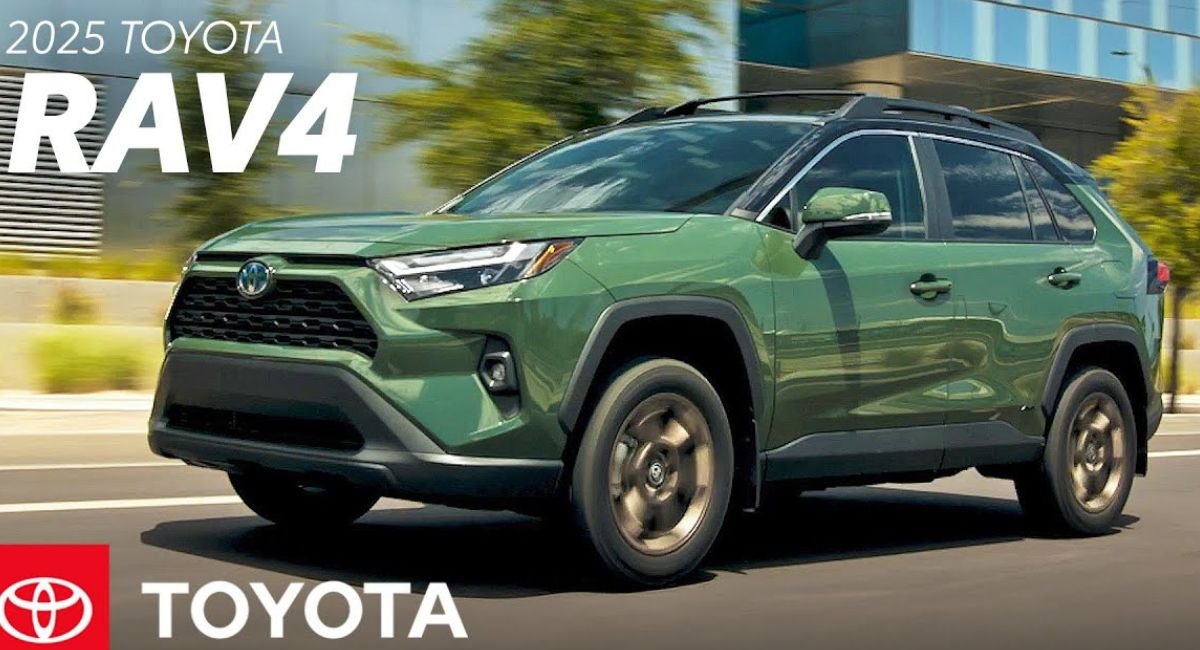Have you ever checked your pocket change and wondered if you’re holding a treasure? The Sacagawea dollar, a golden-colored coin first made in 2000, is usually worth just $1. But a rare version of this coin could be worth up to $2.1 million! This guide will show you how to spot this valuable coin, why it’s so special, and what to do if you think you’ve found one. Let’s dive into the world of coin collecting and discover how to find this hidden gem.
What Is the Sacagawea Dollar?
The Sacagawea dollar is a U.S. coin introduced in 2000 to honor Sacagawea, a Native American woman who helped guide the Lewis and Clark expedition. The coin has a golden look, but it’s not made of real gold—it’s made of a mix of metals called manganese-brass. The front (obverse) shows Sacagawea holding her baby, and the back (reverse) has an eagle soaring in the sky.
Most Sacagawea dollars are worth only their face value of $1 because millions were made. However, a few rare versions are incredibly valuable due to unique mistakes or special promotions. One of these rare coins sold for $2.1 million because of its rarity and historical importance.
Why Is This Coin Worth $2.1 Million?
The $2.1 million Sacagawea dollar is special because of a minting error called a “mule error.” This happens when two different coin designs are accidentally combined. In this case, the coin has the front of a Washington quarter and the back of a Sacagawea dollar. Only about 18 of these “mule error” coins are known to exist, making them extremely rare. Another valuable version is the 2000 “Cheerios” Sacagawea dollar, which was part of a cereal box promotion and has a unique eagle design with extra-detailed tail feathers. These factors make these coins a collector’s dream.
The “Mule Error” Coin
The mule error coin is a mix-up from the U.S. Mint. It combines the front of a Washington quarter (with George Washington’s face) and the back of a Sacagawea dollar (with the eagle). This mistake happened during a test run, and only a few coins were released by accident. One of these sold for $2.1 million at an auction, and others have sold for $100,000 or more, depending on their condition.
The “Cheerios” Promotion Coin
In 2000, the U.S. Mint teamed up with General Mills to promote the new Sacagawea dollar. Some coins were placed inside Cheerios cereal boxes. These coins have a special reverse design with more detailed eagle tail feathers than the regular version. A Cheerios Sacagawea dollar in perfect condition can be worth millions because so few were made.
How to Spot a Rare Sacagawea Dollar
Finding a rare Sacagawea dollar takes a sharp eye and a bit of knowledge. Here’s how you can check your coins for the valuable versions:
Step 1: Check the Year and Mint Mark
Look at the year on the coin. The rarest Sacagawea dollars are from 2000, especially those with a “P” mint mark (made in Philadelphia). The mule error and Cheerios coins were both made in 2000, so this is a good starting point.
Step 2: Examine the Reverse Design
Use a magnifying glass to look at the back of the coin (the eagle side). For the Cheerios version, check the eagle’s tail feathers. They should have more detailed lines compared to regular Sacagawea dollars. For the mule error, the front should show George Washington (like a quarter), not Sacagawea.
Step 3: Look for Minting Errors
Check for other mistakes, like:
- Edge lettering errors: Some coins have missing or incorrect lettering on the edge.
- Wrong metal: The rare test coins might feel different because they were made with a unique metal blend.
- Proof-like finish: Some rare coins have a shiny, mirror-like surface.
Step 4: Check the Coin’s Condition
The coin’s condition is super important. Coins in “Mint State” (MS) or “Proof” condition (almost perfect, with no scratches or wear) are worth much more. Handle your coin carefully to avoid damaging it.
Where to Find These Rare Coins
Rare Sacagawea dollars have been found in surprising places:
- Cheerios boxes: Some were included in cereal boxes during the 2000 promotion.
- Coin rolls: Banks sometimes have uncirculated rolls of coins that might include rare ones.
- Old collections: Check coin jars, drawers, or family collections for forgotten coins.
- Change: It’s rare, but some valuable coins might still be in circulation.
What to Do If You Think You Found One
If you think you’ve found a rare Sacagawea dollar, follow these steps:
- Don’t clean or touch it too much: Cleaning can lower its value by scratching it.
- Store it safely: Put the coin in a plastic coin holder to protect it.
- Get it checked: Take it to a professional coin grading service like PCGS (Professional Coin Grading Service) or NGC (Numismatic Guaranty Company). They can confirm if it’s real and grade its condition.
- Sell it wisely: If it’s valuable, you can sell it through auction houses like Heritage Auctions, on eBay (for less valuable coins), or to coin dealers.
Why Collectors Love These Coins
Collectors don’t just chase these coins for money—they love them for their story. The Sacagawea dollar represents American history, Native American contributions, and the U.S. Mint’s creativity. Rare versions like the mule error or Cheerios coin are like pieces of a puzzle from the Mint’s history, making them priceless to enthusiasts.
Key Facts About the $2.1 Million Sacagawea Dollar
| Feature | Details |
|---|---|
| Coin Name | Sacagawea Dollar |
| First Issued | 2000 |
| Material | Manganese-brass (not real gold) |
| Design | Sacagawea with baby (obverse), flying eagle (reverse) |
| Most Valuable Variants | Cheerios dollar (detailed tail feathers), Mule error (Washington quarter front) |
| Estimated Value | Up to $2.1 million |
| How Found | Cheerios boxes, coin rolls, personal collections |
| Identification Tips | Detailed tail feathers, Washington quarter front, mint errors |
| Authentication Needed | Yes – get graded by PCGS or NGC |
Conclusion
The Sacagawea dollar might look like just another coin, but a rare version could be worth $2.1 million. By checking the year, reverse design, and any minting errors, you might uncover a treasure in your change, old coin jars, or even a cereal box from 2000. If you think you’ve found one, protect it and get it checked by professionals. Who knows? Your next handful of change could make you a millionaire!
Frequently Asked Questions (FAQs)
What makes the Cheerios Sacagawea dollar so valuable?
The Cheerios Sacagawea dollar has a unique reverse with detailed eagle tail feathers and was part of a limited cereal box promotion in 2000, making it very rare.
Are regular Sacagawea dollars worth more than $1?
Most are worth only $1, but some with mint errors or special designs (like proof coins) can be worth hundreds or more, depending on their condition.
How do I get my coin checked for value?
Send it to a professional grading service like PCGS or NGC. They’ll verify if it’s real, grade its condition, and estimate its value.
Can rare Sacagawea dollars still be in circulation?
It’s unlikely but possible. Many were collected or stored, but some could still be in change, coin rolls, or old collections.
How can I sell a valuable Sacagawea dollar?
After grading, sell it through auction houses like Heritage Auctions, online platforms like eBay, or directly to coin dealers for the best price.











